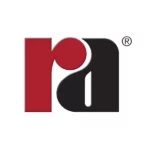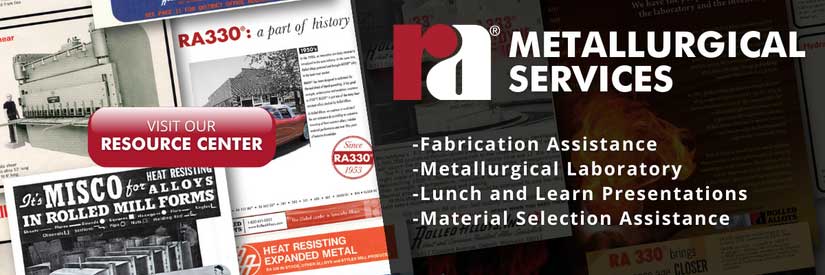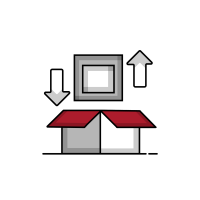The raw material surcharge is an additional charge added to the base price of alloys. Its purpose is to offset the fluctuating costs and rapid rise or fall of raw materials included in each alloy.
The surcharge is usually calculated per pound. Although slight variations exist in how these charges are determined, the approach is similar across all mills producing stainless steel and nickel alloys. The base prices for each alloy and product form size range are determined by considering the alloy content, the cost of making the specific form and size, a yield factor, and basic supply/demand economics.
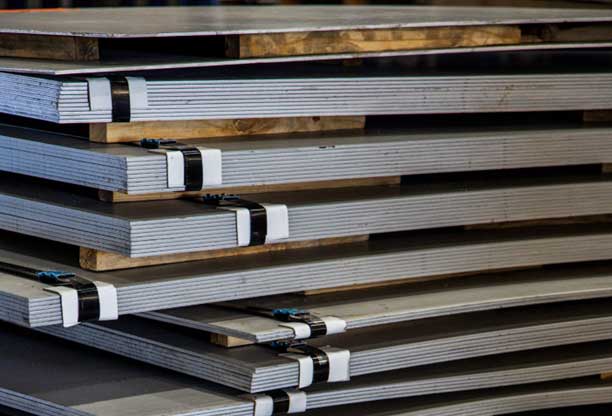
The demand for certain alloys can affect their base prices. This is due to economies of scale and varying levels of competition. However, aside from the effects of supply and demand, some alloys are more difficult to make than others. Yield losses are expected when producing these materials. Materials that are easy to produce tend to have yield losses of less than 15% of their starting weight. On the other hand, more difficult alloys and size combinations may lead to yield losses of 50% or more. Additionally, the product form and size impact the base price. The cost of producing a plate will differ from that of producing a bar in the same alloy. Thinner sections tend to be more expensive as they must undergo a greater number of processing steps. Finally, the base price is determined based on a targeted alloy content and a reference price for the individual alloying elements. Typically, the more alloyed a material is, the higher the base price.
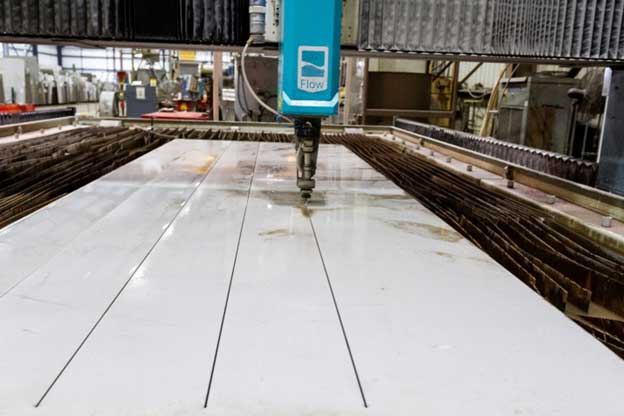
The surcharge is calculated by taking the difference between the reference costs or trigger point and the current elemental costs. Then, the actual surcharge is adjusted based on the percentage of the alloy’s elements and the anticipated production yield for a specific combination of alloy, product form, and size. The mills are affected by the fluctuation in production yield because of variances in the finished product’s weight compared to the starting weight. As economic situations change, mills make other provisions to account for such changes. For instance, they may add surcharges to account for the electrodes consumed when melting material or energy used in producing material, as shown in the table below.
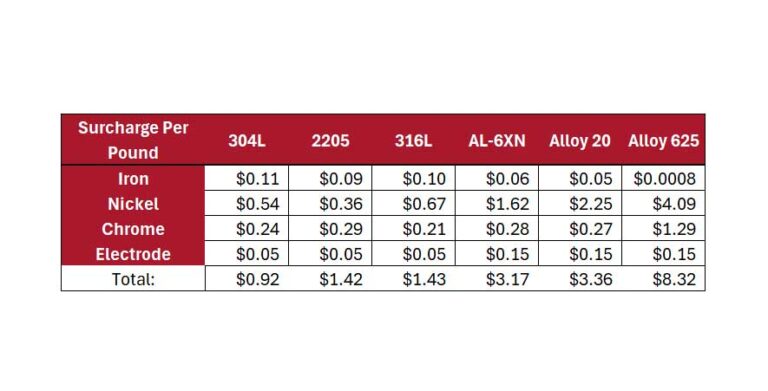
Surcharges as of March 2024.
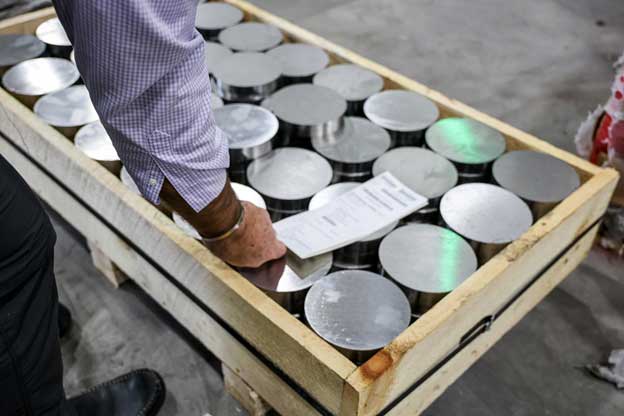
When items are purchased from inventory or for short-term purchases, the expected surcharge is usually included in the quoted price. Because of this, the surcharge is of less concern at delivery. However, firm prices are most often only offered for the base price on more extended lead-time purchases. The actual surcharge will be applicable at the time of shipment. As the material becomes more highly alloyed, the surcharge increases. This surcharge increase is shown in alloys with increasing alloying elements in the table above.
It is important to consider that when the cost of raw materials such as nickel or molybdenum increases, the relative cost ratios of alloys will also change. In the example above, the surcharge for duplex alloy 2205 is less than that of 316L. As the cost of nickel increases, the surcharge difference between these two alloys will also increase. These ratios can play a crucial role in optimizing equipment costs, especially when considering the total design life cycle costs.
Buy Online Anytime
Our dashboard makes it even easier to shop online anytime from anywhere. Quote, buy, and track 24 hours a day.
E-Services Stocking Programs
Our e-service stocking programs put you in the driver seat by using our customized purchasing options to order your recurring material with ease. Whether you have an internal process for purchasing and receiving in place or maybe looking for solutions to become more efficient, we have a program that will work for you.

Trade Shows
Come talk to a Rolled Alloys representative in person about your project. You can find us at these trade shows.

March Mania 2025
Every Online Order in March is a Chance to Win One of 8 Great Prizes!
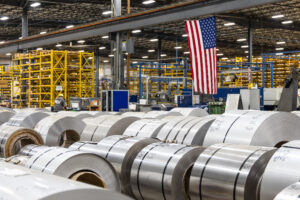
Instant Pricing on Nickel, Stainless Steel, Duplex, and Titanium
Get real-time pricing and availability for nickel, stainless steel, duplex, and titanium—all in one place.
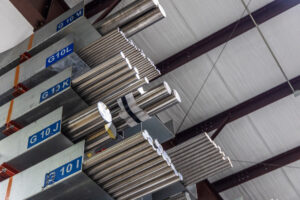
New and Expanded Stock for 2025
New Titanium, Stainless, Nickel and Cobalt in Stock Now – CP Ti Grade 2, 635, 718 and More!
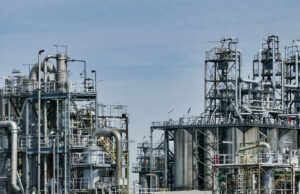
History and Uses of Alloy 800
Discover the evolution of Alloy 800, from its origins during the 1950s to modern derivatives like Alloy 800H/800HT. Learn about its high-temperature strength, petrochemical applications, and commercial availability today.
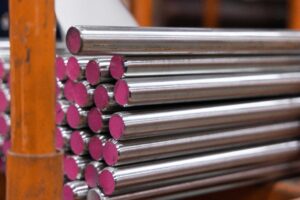
New Bar Stock Available
New Round and Flat Bar Products in Stock at Rolled Alloys


